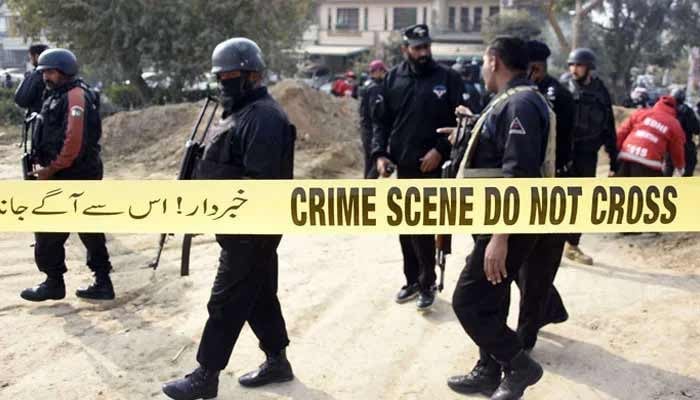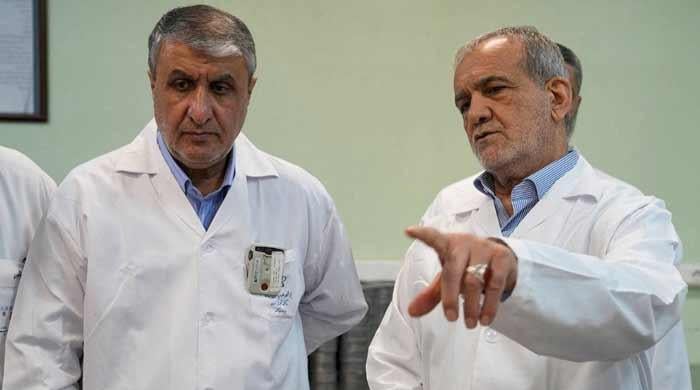Welcome to Diagnostic Imaging’s Weekly Scan, which offers an opportunity to catch up on the most well-viewed radiology content of the past week.
In a retrospective analysis, recently published in Radiology, researchers reviewed data from…

Welcome to Diagnostic Imaging’s Weekly Scan, which offers an opportunity to catch up on the most well-viewed radiology content of the past week.
In a retrospective analysis, recently published in Radiology, researchers reviewed data from…




The forests of Panama come alive after sunset. Somewhere above the ground, a tiny bat hangs upside down, silent and alert.
In that quiet, the bat waits for a sound – a frog’s croak, a faint rustle, a signal of movement. One quick motion…

The best game on the schedule features two conference leaders, two of the best quarterbacks in Patrick Mahomes and Josh Allen, and a rematch of last year’s AFC Championship game. The Bills have won the past three regular-season meetings, but…

New research showed that gout in patients with end-stage kidney disease was associated with a higher risk for death while waiting for a deceased donor kidney transplant (DDKT) and those patients had a lower chance of receiving a transplant…

Ryoyu Systems (TSE:4685) posted annual earnings growth of 30.6%, easily outpacing its five-year average of 21.6% per year, while profit margins climbed to 8.2% from 7.4% the year before. Over the past five years, the company has grown earnings at a significant annual rate of 21.6%, highlighting both its consistent track record and high quality results for investors.
See our full analysis for Ryoyu Systems.
Next, we will compare these latest numbers to the prevailing narratives about Ryoyu Systems to see where the results fit expectations and where they surprise the market.
Curious how numbers become stories that shape markets? Explore Community Narratives
Profit margins reached 8.2%, improving from 7.4% the prior year. This marks a clear step-up in operational efficiency not just relative to last year, but also compared to typical margin ranges in the sector.
What is surprising is that Ryoyu’s momentum in expanding margins is seen as a direct validation of its ability to deliver stable IT infrastructure projects. This supports the scenario that it can continue carving out share in Japan’s digital transformation market.
This outpaces margin figures flagged among sector peers, which helps reinforce the view that incremental operational gains, rather than just general sector tailwinds, are behind the improvement.
Recent gains challenge doubts that competition might immediately squeeze margins, as Ryoyu’s quality focus is translating into real, visible profitability growth.
Ryoyu’s price-to-earnings ratio of 14x sits below both its direct peer average of 15.9x and the Japanese IT industry average of 17.3x. This signals a valuation that remains attractive for new investors despite five years of compounding profit growth.
The prevailing assessment is that the stock’s pricing reflects the company’s steady, reliable performance, but does not fully capture the upside if sector demand or operational leverage continue to drive earnings higher.
This discount stands out especially against peers with lower profit growth, suggesting the market is applying a conservative lens even as Ryoyu’s performance remains robust.
The pricing leaves room for re-rating, should Ryoyu demonstrate new catalysts such as large contract wins or further margin expansion that could shift its status from stable to stand-out in the industry.
While most financial indicators are strong, minor risks come from recent share price stability over the last three months and ongoing questions around how sustainable current dividends will be given sector competition.
The prevailing view acknowledges Ryoyu’s conservative growth approach appeals to risk-averse investors, but highlights how reliance on incremental gains and potential dividend pressure means outperformance is not guaranteed without future innovation.
Steady results are valued, but any prolonged stagnation in the share price or cuts to dividends could test investor patience and shift market perception toward a more cautious stance.
Incremental sector growth alone may not translate into further share gains unless the company can leverage new service lines or technology advances.

For decades, arachnologists debated the actual purpose of stabilimenta, a special thread spiders weave into their webs. Now, Italian researchers have finally cracked the case. They ventured into the forests of Sardinia to study this mysterious…

For decades, arachnologists debated the actual purpose of stabilimenta, a special thread spiders weave into their webs. Now, Italian researchers have finally cracked the case. They ventured into the forests of Sardinia to study this mysterious…